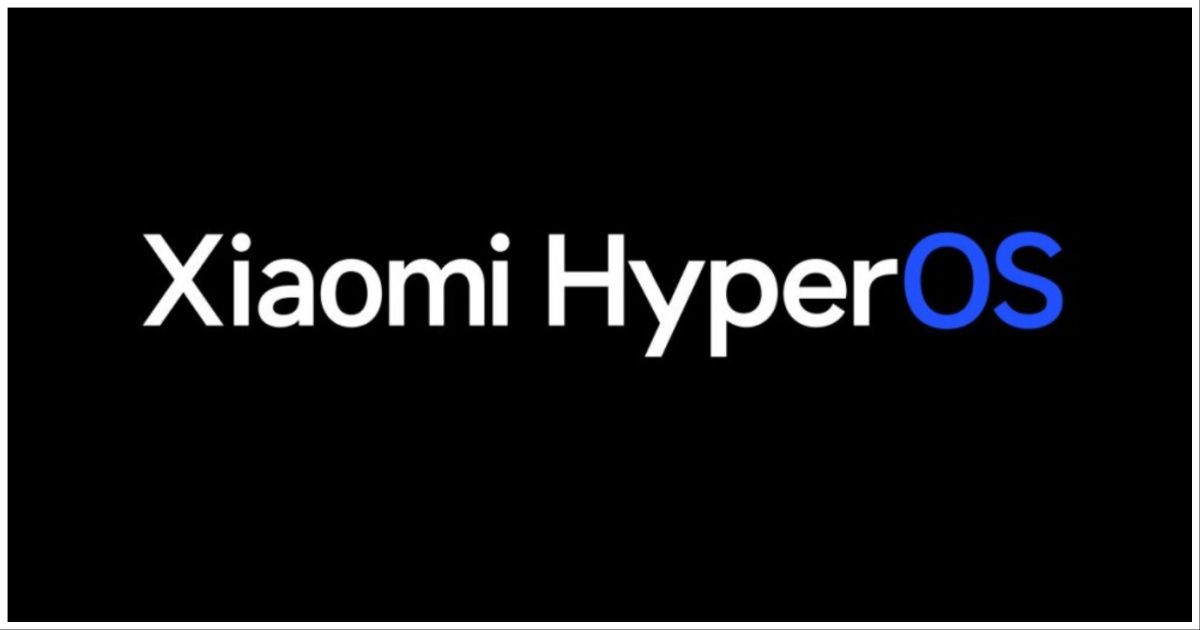
Xiaomi recently revealed its new HyperOS, set to supersede MIUI on Xiaomi smartphones. The company has consistently been stringent about unlocking smartphone bootloaders running MIUI. While Xiaomi partially eased the restrictions for MIUI users, attributing it to server maintenance, HyperOS users could not unlock the bootloader until today.
According to Android Authority’s report, Xiaomi has confirmed that bootloader unlocking will be disabled by default on HyperOS smartphones. The company stated, “To protect the device’s security, avoid data leakage, and provide users with a more secure and stable user experience, bootloader unlocking will be disabled by default on Xiaomi HyperOS.”
Furthermore, Xiaomi mentioned that users seeking to unlock the device’s bootloader will need to request permission through its community forum. This option won’t be available to everyone, as users must have spent a specific amount of time before being eligible to apply for bootloader unlocking.
Xiaomi also introduced a new restriction, permitting users to unlock only three devices yearly. Although initially applicable only in China, Xiaomi is contemplating extending this limitation to other markets in the future.
Unlocking Bootloader Blocks HyperOS Updates
The report also mentioned that users won’t receive HyperOS updates even if the device running on MIUI is unlocked. However, the good news is that if the device is locked again, users will receive HyperOS updates.
What is a Bootloader, and why is Xiaomi restricting it?
The bootloader plays a vital role in a smartphone, ensuring a smooth and secure startup process by acting as a gatekeeper that verifies the integrity of the operating system and blocks unauthorized modifications. While unlocking the bootloader provides more control, it comes with potential risks and should be approached cautiously. This is why Xiaomi is placing restrictions on this option.
Nevertheless, not every Android smartphone manufacturer imposes restrictions on the bootloader option. Google and OnePlus permit users to unlock the bootloader through the developer options. Although most users may not find the need to unlock the bootloader, those who enjoy custom ROMs, unofficial updates, and system mods on their devices will have to undertake this process. It’s important to note that unlocking the bootloader poses security risks and voids the smartphone’s warranty. Additionally, it demands a solid technical understanding and may involve flashing firmware.

















